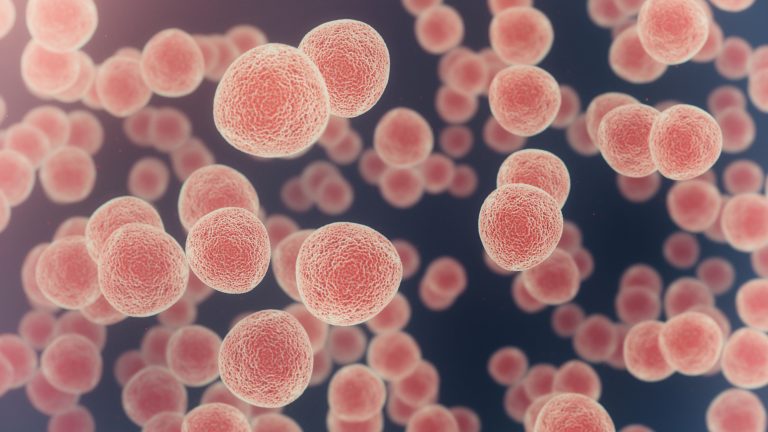
A new algorithm can accelerate by years the ability to identify synergistic cancer drugs from among thousands of possibilities. The algorithm uses gene regulatory network knowledge and an operational module unit (OMU) system which is generated based on single drug genomic and phenotypic data from public databases.
Using synergistic drug combinations of two or more drugs can overcome toxicity and side effects, which can be associated with single drug therapies for cancer treatment. It can also allow dosage reductions. In recent years, several drug combination therapies have been approval by the FDA. But current methods to find synergies are slow and resource intensive.
“For researchers it [the algorithm] becomes a particularly faster way to find those synergistic combinations, without having to screen one drug at a time, which is really not feasible,” says senior author Richard McIndoe, PhD, director of the Center for Biotechnology and Genomic Medicine at the Medical College of Georgia. The study appears in PLOS One.
The new algorithm enables investigators to use large existing databases with information about how one cancer drug changed the gene expression of a particular cancer cell line, and how well it killed the cell, then mathematically combine those results with the impact of another drug to see if they could work better together, McIndoe explains.
While the algorithm does not immediately make available the kind of information that would set a clinical trial in motion, it does speed up the path to the trials, he says.
There are huge existing databases of cell lines which have been treated with one drug to look at the impact on gene expression, before and after treatment, including the Library of Integrated Network-based Cellular Signatures project, to help streamline the large-scale studies.
The researchers focused on 57 randomly selected chemotherapy drugs used in the database, looking in detail at the molecular changes each drug produced and tying that to growth rate, meaning how much cancer cell killing the drug produced, they then devised a mathematical representation of the molecular changes and the amount of killing for each.
“Since we have all the single drug effects, we can mathematically combine two drugs based on their molecular changes,” McIndoe says.
All told they studied 1,596 combinations of the 57 cancer drugs. Their algorithm picked 30 top drug combinations and eight were confirmed using a standard statistical model called ZIP, a result far better than chance and far less costly and time consuming than testing the large number of potential drug combinations, McIndoe and his colleagues write.
Follow up tests in the lab, where they treated the cancer cell lines with the proposed combinations, further confirmed their synergy.
He notes that to screen all 1,596 combinations would take about three years using standard approaches, compared to about eight weeks with their algorithm.
The investigators note that only a small number of the 57 drugs appeared to have no effect on the cancer cell line, and those drugs were not among those found to have a synergistic impact, but synergy is still possible when they are combined with the right partner, McIndoe says.
The algorithm could similarly be used to more readily identify the best drug combinations for other problems like bacterial, fungal and viral infections, they write.













